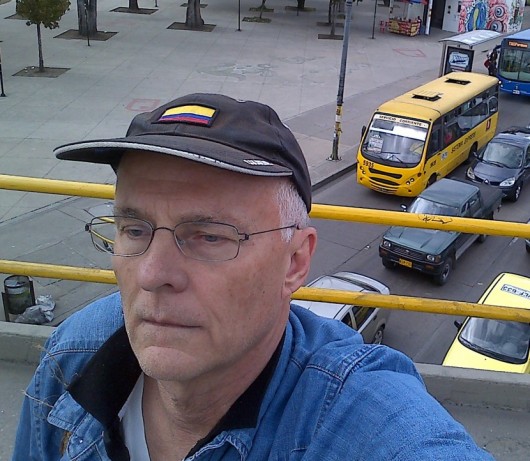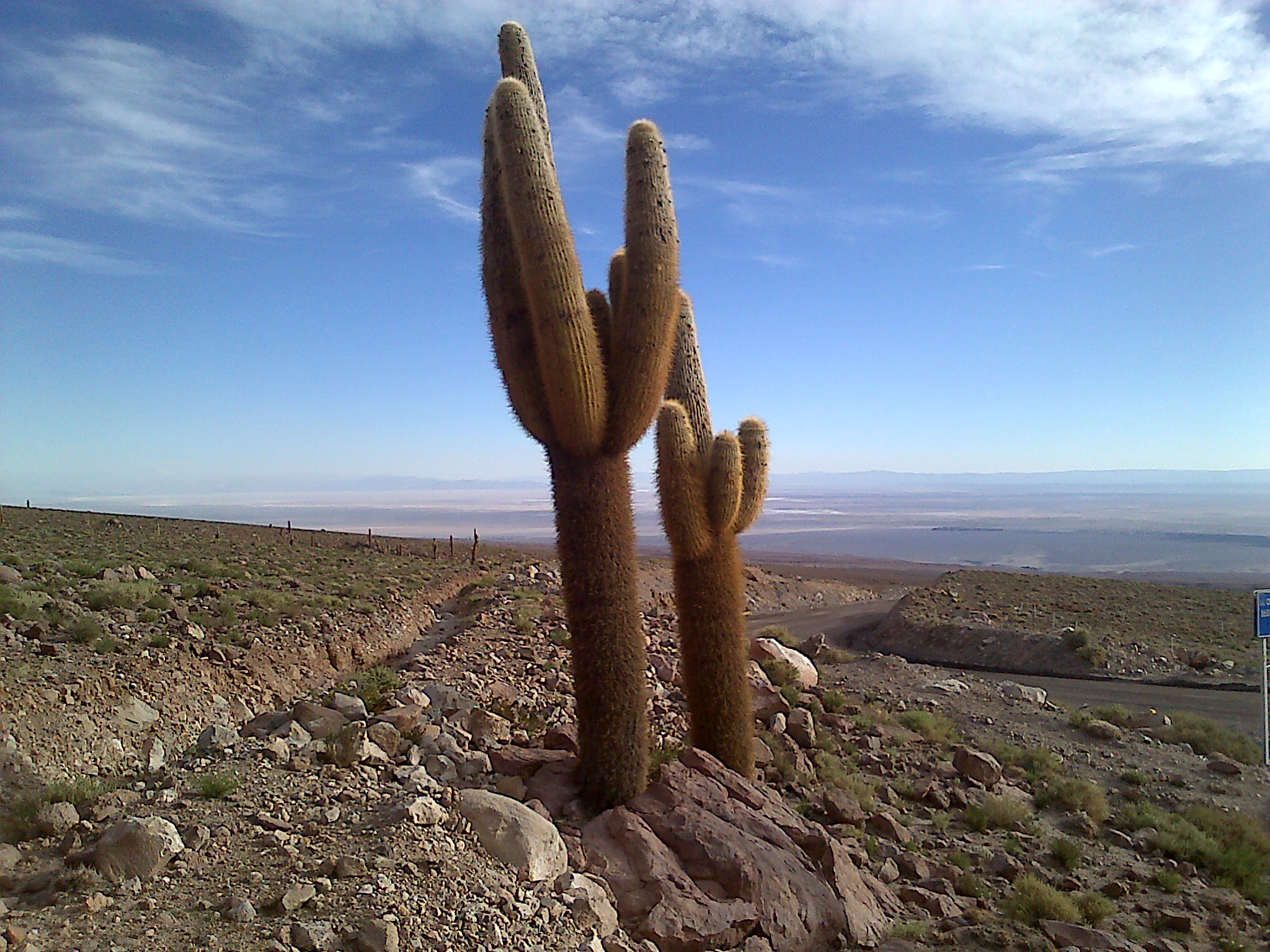Discovering the Atacama Desert
Is there anything sweeter in travel than being unexpectedly delighted by a new destination?
By Chris Kraul, Primafila correspondent

I had heard about the Atacama Desert during my 25 years living and working in Latin America but had never actually visited – until Primafila sent me there on assignment in June to profile the Atacama Large Millimeter Array (ALMA) radio telescope in northern Chile for the Centurion publication by American Express.
I expected more to tolerate the surrounding geography than enjoy it.
I knew that the air above the desert was exceptionally dry and clear, giving astronomers and astrophysicists an unusually good look at the heavens above. That’s why ALMA , an internationally funded project that seeks nothing less than evidence of extraterrestrial life, decided to locate there. So have a dozen other major research telescopes.
What I had no clue about was the Atacama’s visual splendor. One of the oldest deserts on the planet, its rugged mountains and canyons have been sculpted by wind and water for 200 million years. Hiking through the Valley of the Moon, just south of the oasis town San Pedro de Atacama, I got a first hand look at nature’s rugged, abstract artistry.
Nor was I prepared for the desert’s enormity and seemingly limitless panoramas. The Atacama stretches for 600 miles over three countries, including Peru and the western fringe of Bolivia. Nor did I have any idea of the desert’s high altitude – 2,900 meters above sea level. The limpid azure skies reminded me of those over Lake Titicaca.
I was also surprised that, geologically, the Atacama is very much alive. Volcanic activity was abundant at the 80 geysers in the El Tatio zone and at the thermal baths in Puritama. Despite the rather forbidding climactic conditions, the desert’s salt flats are a stop-off for migrating flamingos which made for a startling visual contrast to the starkly arid surroundings.

Plant life varies from giant candelabra cactus reaching seven meters tall to desert flowers that suddenly blossom in a sea of blue after the infrequent, short-lived showers.
I knew that the Atacama was economically important in that there was extensive mining there. The town of Calama is known as one of Chile’s mining capitals and serves as the urban matrix for several nearby copper mines. Lithium deposits near the Bolivian border are highly sought-after for use in smart-phone batteries.
But a much more impressive sign to me of the desert’s economic vitality was the thriving tourism. Brazilians crowded the streets of San Pedro and buses of French and Swedish tour groups were there to see the sights – and partake of the town’s several gourmet restaurants.
Unfortunately, since San Pedro’s growth is strictly limited for historical and environmental reasons, there is more demand for hotel rooms than there is supply. That market imbalance has pushed room-night prices at decent hotels to $250 and higher, meaning the centuries-old town is no longer the backpacker’s bargain it was two decades ago.
In short, my “discovery” of the Atacama Desert was that of a late-comer. But never mind the crowds and the desert’s remote location: I know that someday I will be back.
Recent Posts
- Desire: The Carl Craig Story – Documentary, Music, Biography by Jean-Cosme Delaloye 29/04/2024
- Correspondent Jean-Cosme Delaloye also makes documentaries 14/02/2024
- American Express Previews: Gentlemen’s Sports 02/04/2019
- American Express Previews: Tennis & Golf 02/04/2019
- Under the „Pierre Pressure“ 10/12/2018
